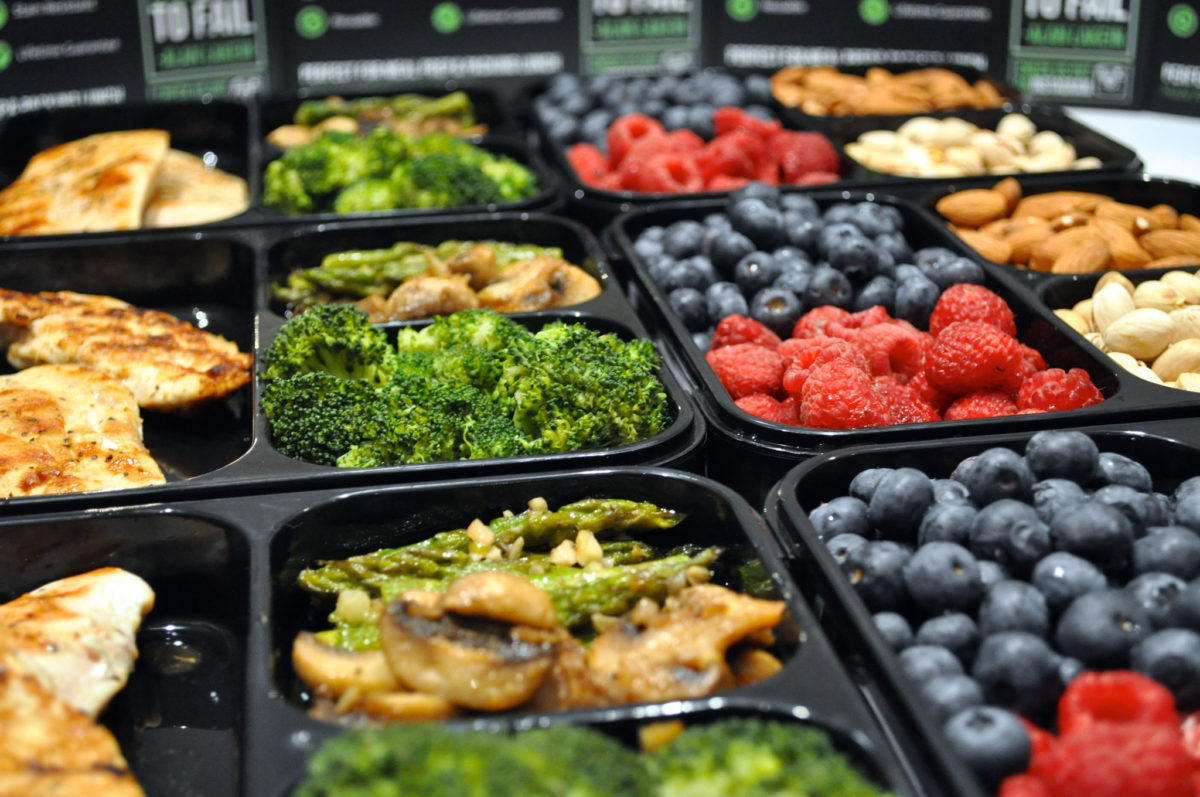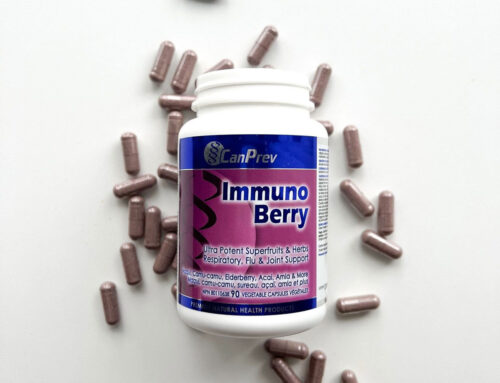If you’ve ever wondered if what you eat and when you eat makes a difference to the effectiveness of your workouts, the short answer is that it does, and it’s a method many professional athletes rely on. It’s called nutrient timing, and here’s how it works.
The concept of nutrient timing can be divided into three phases: the energy phase, the anabolic phase and the adaptation phase.
The energy phase
There’s a one- to four-hour pre-workout window that allows you to build up muscle glycogen, or carbohydrate stores, that you will draw from as you exercise. The longer you train, the more your body pulls parked carbs from your muscles to fuel higher endurance workouts. Eating a meal with 150 to 200g of carbohydrates up to four hours before you exercise pumps your muscles full of glycogen and helps improve your physical performance.
Sipping on a carbohydrate-rich beverage with added protein during your workout can help increase muscle glycogen stores, too. It will buy your muscles more time, so you can exercise longer and more effectively.
A moderate serving of protein can also help to reduce muscle damage and the level of soreness you might feel the next day. For instance, adding protein to a carbohydrate beverage can decrease muscle damage and soreness for at least 24 hours post-exercise, when compared to a carbohydrate-only drink.
The anabolic phase
After an intense exercise session, your body’s muscle and liver glycogen stores are depleted and your skeletal muscle is starved for nutrients. Consuming the right kinds of nutrients at this stage is important for rebuilding tissues and speeding up recovery.
Immediately after a high intensity workout, eat or drink something that contains enough carbohydrate (1.0 to 1.5g per kilogram of body weight) and about 20 to 30g of protein to build your muscle glycogen stores back up. If your workout was only of light to moderate intensity, modify the carbohydrate amount to 0.3 to 0.8g per kilogram of body weight and the protein amount to 10 to 12g.
Remember, the longer you wait to replenish your glycogen stores, the more you invite inflammation, muscle damage and soreness!
The adaptation phase
Your body will hit the maintenance phase about four to six hours post- energy phase. A regular meal, or even a snack that contains about a 1:1 ratio of carbohydrate to protein and under 200 calories, is enough to maintain muscle glycogen stores and protein synthesis. If you’re hungry before bed, you can have a low-calorie protein snack that will help with muscle recovery. Just make sure it has at least 20g of protein with minimal amounts of carbohydrate and fat.
Our muscle glycogen stores are what get us through even the most punishing workouts. Do your body a favour by keeping those glycogen stores topped up – it will help to serve you better in the long run!
Incorporating nutrient timing into your routine
Use the table below as an example of possible nutrient timing with workouts, supplements and meals for three different daily training schedules:

PW supplement: Following prolonged, intense workouts, the post-workout (PW) supplement should provide sufficient carbohydrates to maximize muscle glycogen storage during the first hours of recovery and also contain between 20 and 30g protein. For light to moderate intensity workouts, a light carbohydrate with protein (10 to 12g) supplement is recommended.
CP Snack: Between-meal (CP) snacks should be approximately a 1:1 ratio of carbohydrate/protein and contain 100 to 200kcal.
Bedtime snack: A snack before bed should contain approximately 20g protein with minimal carbohydrate and fat.
Have you ever tried nutrient timing? What have your results been like? We’d love to hear from you! Leave a comment below.







The caution about the delayed meals “Remember, the longer you wait to replenish your glycogen stores, the more you invite inflammation, muscle damage and soreness!” is very helpful. Thank you for sharing the very helpful information.